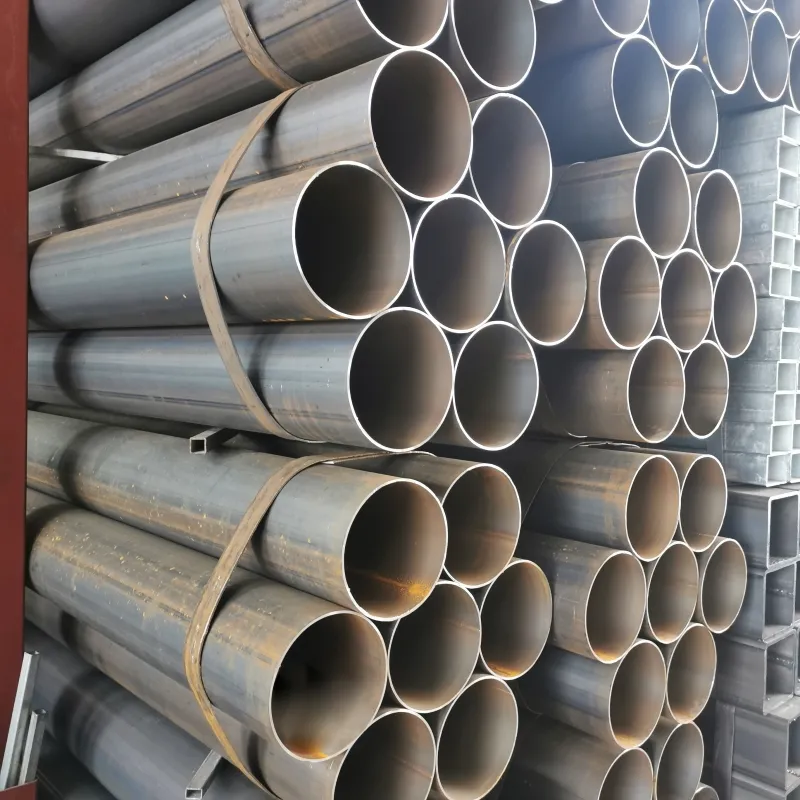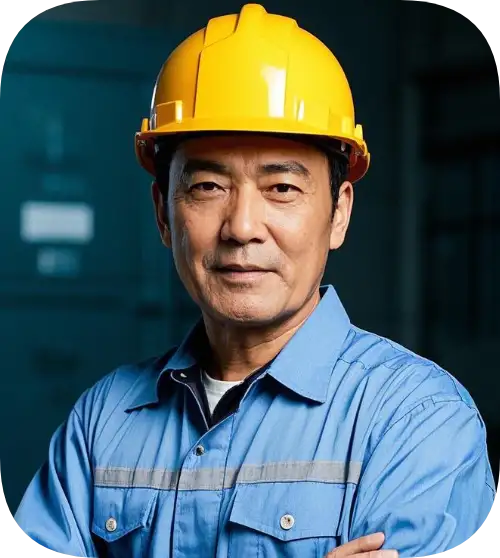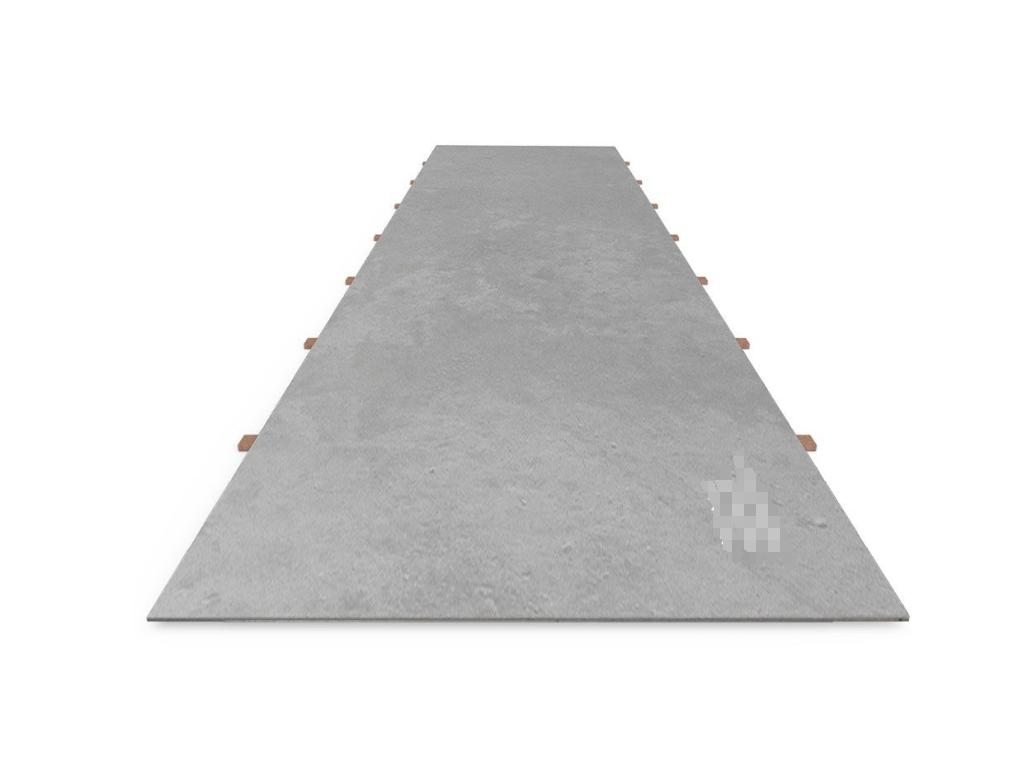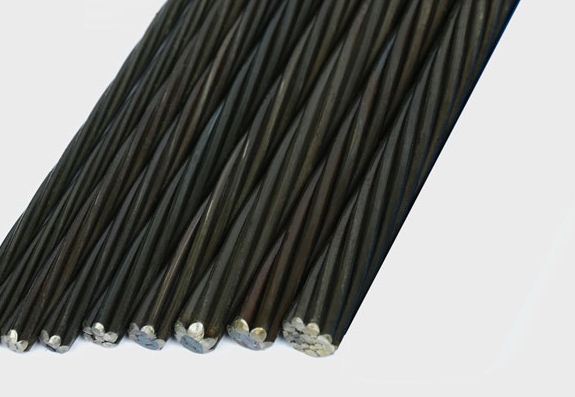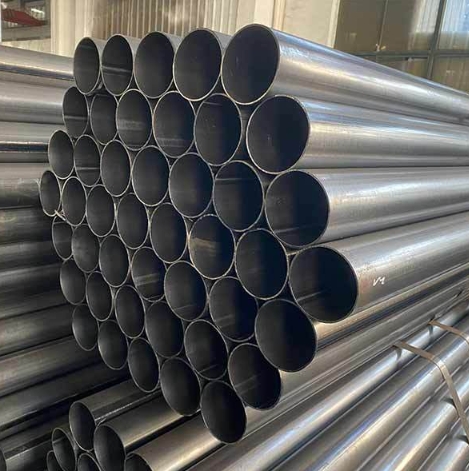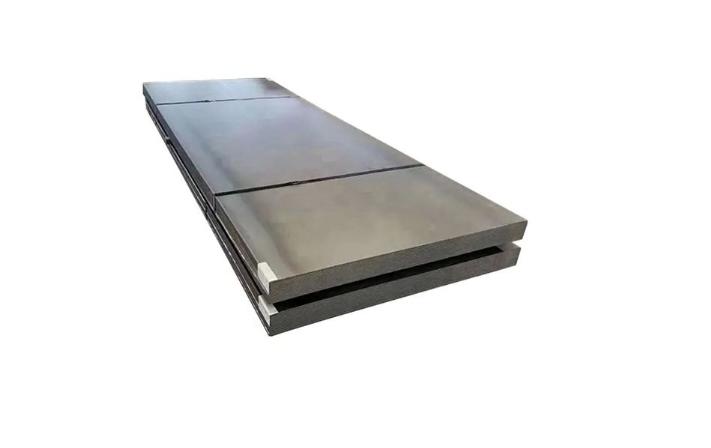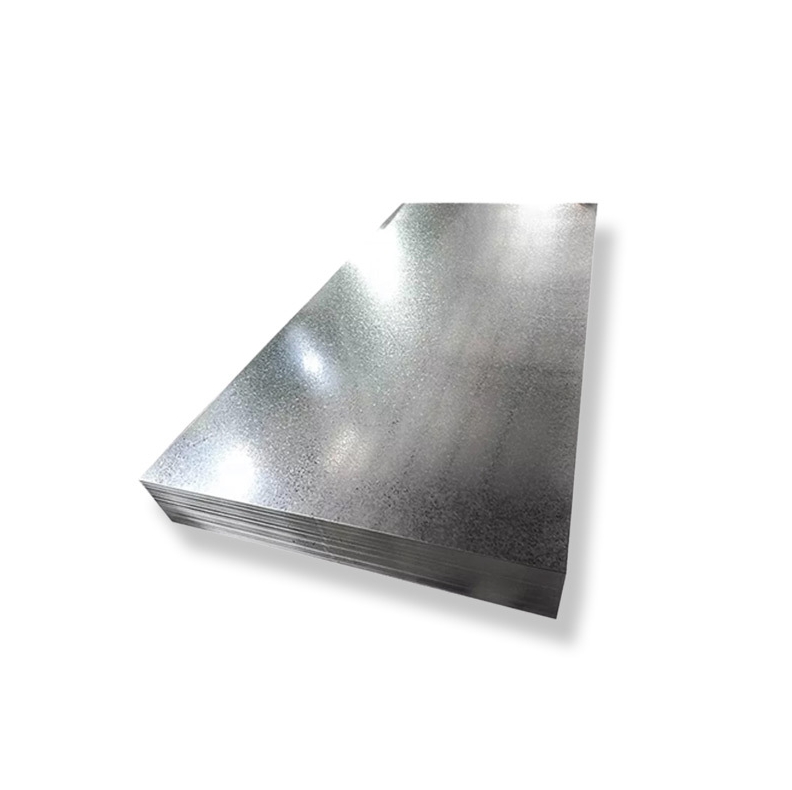The 260°C Lie – Why 68% of PTFE Linings Fail Prematurely
Let’s cut through the marketing fluff: PTFE Lined Carbon Steel Pipe systems often fail because engineers trust generic temperature ratings. Shockingly, 51% of failures occur below the advertised 260°C limit due to thermal cycling (ASME B73.3-2022). I learned this during a caustic soda project where “260°C-rated” linings cracked at 180°C—turns out the supplier ignored thermal expansion coefficients.
Problem: A Canadian biodiesel plant’s PTFE-lined pipes warped after 72hrs at 200°C, leaking 500L of methyl esters.
Solution: Installing PTFE Lined Carbon Steel Pipe with 316L expansion joints and 1.5mm isostatic-molded linings eliminated heat stress failures.
PTFE vs FEP Linings – The Temperature Reality Check
LSI Keywords: thermal cycling resistance, fluoropolymer adhesion, heat deflection temperature
| Property | PTFE Lined Carbon Steel Pipe | FEP-Lined Pipes |
|---|---|---|
| Continuous Max Temp | 260°C (static) | 200°C |
| Cyclic Temp Range | -50°C to +180°C (safe) | -40°C to +150°C |
| Thermal Expansion | 135 x10⁻⁶/°C | 105 x10⁻⁶/°C |
| Permeability (HCl) | 0.03g/m²/day | 0.12g/m²/day |
| Cost (8″ Sch80) | $1,850/m | $1,200/m |
⚠️ Warning: 33% of PTFE Lined Carbon Steel Pipe use recycled resin—reducing thermal stability by 28% (Smithers, 2023).
Case Study – How BASF Fixed Sulfuric Acid Line Failures
Problem:
- 98% concentration H2SO4 ate through standard PTFE linings in 11 months
- Thermal shocks from 80°C to 25°C caused delamination
Solution:
- Upgraded to PTFE Lined Carbon Steel Pipe with 2.0mm carbon-filled linings
- Added graphite-filled PTFE expansion loops every 6m
- Installed pre-heated tracing jackets (maintained 50°C minimum)
Result: Achieved 8+ years of service with <0.1mm/year wear rate.
5-Step Protocol for Temperature-Resistant Installations
Step 1: Map Thermal Profiles
- Log hourly temperature swings (min/max/rate of change)
- Use ASTM D696 for expansion calculations
Step 2: Lining Specification
- Demand isostatic-molded linings (not extruded)
- Confirm 100% virgin PTFE resin (no regrind)
Step 3: Joint Design
- Install expansion loops every 5x pipe diameter
- Use conical flange adapters for >150°C cycles
Step 4: Installation Checks
- Preheat pipes to 60°C before welding
- Perform spark tests at 20kV/mm post-install
Step 5: Commissioning
- Heat cycle gradually: 25°C → 100°C → operating temp
- Inspect flanges after first thermal cycle
Pro Tip: At a geothermal plant, I found 0.4mm liner cracks by using boroscopes during the 100°C pre-heat phase.
3 Deadly Myths About PTFE Temperature Limits
| Myth | Reality |
|---|---|
| “260°C = safe continuous use” | Real limit drops to 180°C with ±50°C cycling |
| “All PTFE resists steam” | Steam at 8bar causes blistering in 79% of linings |
| “Thicker linings handle heat” | Over 3mm thickness increases crack risk by 41% |
Data Shock: 22% of PTFE Lined Carbon Steel Pipe systems exceed safe thermal expansion forces by 300% (NACE SP0192-2023).
When to Upgrade Beyond Standard PTFE
| Application | Recommended Solution |
|---|---|
| Chlorine gas lines | PFA-lined carbon steel pipe |
| High-purity pharma | Electropolished 316L + PTFE |
| Cryogenic (-196°C) | Glass-bead reinforced PTFE |
LSI Keywords: steam permeation, resin purity grades, thermal shock testing
Temperature Resilience Checklist
Pre-Installation Checks:
☑️ Verify resin melt flow index (12-18g/10min)
☑️ Confirm thermal cycling test reports (ASTM D2718)
☑️ Calculate expansion gaps using ΔT x length x 135×10⁻⁶
☑️ Inspect for UV damage (critical for outdoor lines)
☑️ Validate NORSOK M-710 compliance for offshore use
Emergency Protocol: For liner blisters, reduce temperature by 20°C and inject PTFE repair paste (per ASME PCC-2).
The Final Word – It’s About Thermal Management
PTFE Lined Carbon Steel Pipe excels when you respect dynamic temperature limits. Dow Chemical achieved 15-year service in 90°C HCl lines using 2.5mm sintered PTFE + 304L expansion joints. Remember: A 20kinvestmentinproperthermaldesignprevents20kinvestmentinproperthermaldesignprevents500k+ in unplanned shutdowns (Grand View Research, 2024).


